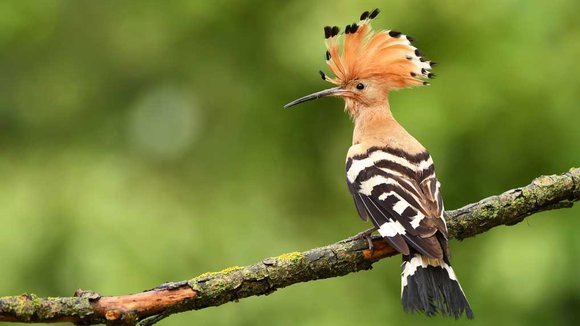This bacterium can be found in the soil or in water, but is primarily known as a permanent resident of the human gut. That is where the species gets its name: loosely translated Enterococcus faecalis means something like "internal sphere that occurs in stool".
This bacterium can be found in the soil or in water, but is primarily known as a permanent resident of the human gut. That is where the species gets its name: loosely translated Enterococcus faecalis means something like "internal sphere that occurs in stool".
Cute cocci
E. faecalis bacteria are cocci: spherical cells that occur alone or in short chains. The cell wall of this species is very thick and can make up as much as 40% of the cell’s mass. This cell wall protects the bacterium against corrosive substances in the intestinal tract such as bile acids.
Vitamins in poo
Humans need vitamins for growth and development, and to stay healthy. One of these vitamins is cobalamin, also known as vitamin B12. This vitamin is required for the production of red blood cells and for the proper functioning of the nervous system. Mammals, which of course includes humans, cannot produce this substance themselves. They depend on microbes in their intestines. A number of bacteria and archaea, including Enterococcus faecalis, make vitamin B12. These microbes are found in the large intestine. However, the vitamin can only be absorbed in the small intestine, so only higher up in the intestinal tract.
To utilize the vitamin B12 production of their own intestinal microbes, many herbivores engage in coprophagy: they eat their own excrement. An exception to this are the ruminants, such as the anoa in ARTIS. Anoa's have vitamin B12-producing microbes in their rumen, the first stomach, which means they can absorb B12 in their small intestines. Omnivores, such as the black crested macaques, get this vitamin by consuming animal products.
Egg protector
This bacterium is also very useful for others. The Eurasian hoopoe gladly makes use of E. faecalis. The female has an olfactory glad just above her tail. This gland produces a smelly liquid that contains lots of E. faecalis. For protection, the female not only lubricates herself, but also her eggs, with a thick layer of this liquid. This gives the eggs a dark color.
Why is the hoopoe doing this? The benign bacterium has anti-microbial characteristics, because of a special protein it creates: bacteriocin. These tiny proteins kill other bacteria, such as the pathogen Bacillus licheniformis. The enzymes of this pathogen break down the keratin in bird feathers. That is very dangerous, because feathers consist for 90% out of keratin. Protection against this pathogen is therefore essential for the birds. Furthermore, because of this bacteriocin, the eggs of the hoopoe have a higher change of hatching. It prevents infections and the ‘painted’ eggs also contain less pathogens than ‘unpainted’ eggs.

Caring companion or irritating inhabitant?
Our intestines contain 99% of all the microbes on and in our bodies. E. faecalis is one of the species that virtually everyone carries with them. This bacterium helps us to digest food and produces vitamins. Recent research has even shown that certain E. faecalis strains lead to less diarrhea in pigs and chickens. However, research into these applications is overshadowed by research into pathogenic strains. Like many other bacteria, individuals of E. faecalis can pass genes onto each other, for example genes to resist a type of antibiotic.
This is called Horizontal Gene Transfer. A few strains of this species are already resistant to multiple types of . The best known strain is the vancomycin-resistant Enterococcus, VRE. A much-studied route of dispersal is by the house fly. These insects fly relatively long distances, especially for a microbe. House flies feed on decaying organic material or manure, but are also found on the apples and bananas in our fruit bowls. Bacteria can spread quickly this way.

